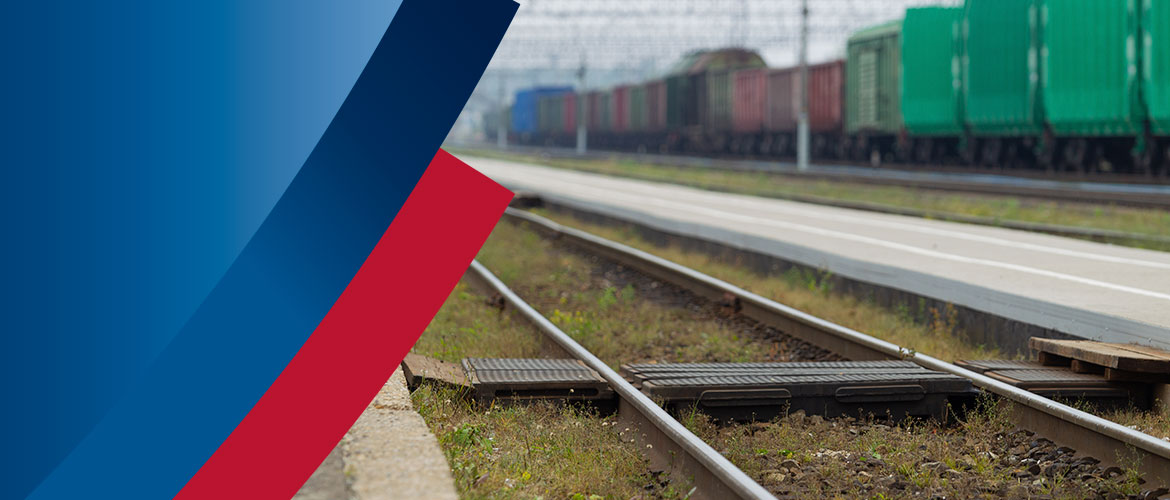Since its emergence in the 19th century, railway transport has been one of the main means of transport for passengers and goods by land. At the time it was revolutionary for the economy and society, and today it is still a mode of transport that offers great advantages in freight transport.
What characteristics does train transport have?
The railway is a type of land transport that consists of a chain of vehicles moving on wheels along a fixed steel rail.
Rail transport is a cost-effective and efficient way of moving goods, but you must carefully weigh the benefits and drawbacks to determine whether it is right for your business.
Advantages of rail transport
If the destination of your shipment is more than 1,000 kilometers away and it is not urgent, rail transport is a very efficient solution:
- Modern trains reach high speeds. Over long distances, only air transport is faster.
- It is the most reliable mode of transport because it does not depend on traffic and is the least affected by bad weather.
- It can carry large amounts of cargo in terms of volume and weight. A single rail convoy can carry the equivalent of 80 trucks. In addition, its load capacity is elastic, as you can add or remove wagons easily and quickly.
- Rail transport is best for moving heavy and bulky goods over long distances. A variety of platforms are available for this purpose, swap bodies, and wagons suitable for almost any type of load.
- It has a lower environmental impact. Especially electric trains.
- It is a well-organized, safe, uniform, and regular service, with fixed routes and pre-established timetables.
- It is cheaper than other models of transport.
- Rail is the safest form of transport. Accident rates and faults when compared to other means of transport are minimal and usually solved in a short time.
It is also possible to use rail transport to connect hubs and major ports, even if the distances are shorter. For example, there are rail connections between the Port of Valencia and Madrid, or between the Port of Barcelona and Miranda de Ebro, both in Spain.
Disadvantages of rail transport
On the other hand, there are disadvantages to this type of transport:
- It requires costly infrastructure, with significant prior public investment. Plus, the development of new routes is slow.
- Lack of flexibility. Routes and timetables cannot be adjusted to individual requirements.
- Less frequent than other forms of transport.
- Except in the case of large industries or companies that have private access to the railway, it is generally impossible to offer door-to-door service by train. Rail transport often also requires road transport. These transshipments and the use of other intermediate means can slow down and make operations more expensive.
- Abundant monopolies. There are not many companies with different commercial offerings.
At Noatum Logistics we know exactly the advantages and disadvantages of each mode of transport and we help you choose the most suitable method for your type of product, destination, and priority of the shipment you need to carry out.
